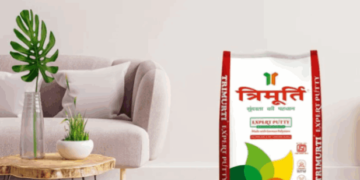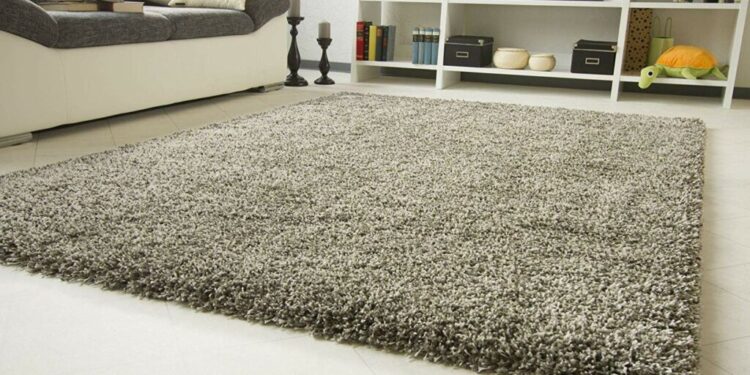Several variables can affect how much a carpet or rug costs. When it comes to determining the cost and value of these items, there are several key considerations to keep in mind. The various elements that affect the price and worth of carpets and rugs will be discussed in this article.
Material
One of the most significant factors in determining the cost of a Carpets in Dubai is the material it is made from. Wool, nylon, and polyester are a few of the often utilised materials in the making of carpets and rugs. Wool is generally considered the highest quality material for carpets and rugs, and it is also the most expensive. Nylon and polyester are less expensive options, but they are still durable and offer good value for the price.
Size
Another important factor in determining the cost of a carpet or rug is the size of the item. Larger carpets and rugs require more material and are therefore more expensive. Measure the area where the carpet or rug will be put before you shop to make sure you get the right size. Remember that bigger goods can need professional installation, which might raise the entire cost.
Design
A carpet or rug’s design can also affect how much it costs. Complex patterns and designs need more time and expertise to create, which might raise the cost of the product. Additionally, carpets and rugs with unique designs or limited availability may also be more expensive. Consider choosing a simpler style if you’re on a low budget to save money.
Manufacturing Technique
The manufacturing technique used to produce a carpet or rug can also impact its price. Handmade items are generally more expensive than machine-made ones, as they require more time and skill to produce. Furthermore, because they need the use of specialised tools or materials, some manufacturing processes may be more expensive than others.
Brand
Brand name can also impact the price of a carpet or rug. Established companies with a solid reputation for producing high-quality goods may charge more for their goods, whilst lesser-known companies may provide more economical solutions. Keep in mind that a high price tag doesn’t always guarantee quality, so be sure to do your research before making a purchase.
Maintenance
The cost of maintaining a carpet or rug over time should also be taken into consideration. Some materials and designs may be more prone to staining or wear and tear, which can increase the overall cost of ownership. Consider opting for a material that is easy to clean and maintain to save money in the long run.
Location
Finally, the price of your carpet or rug may also depend on where you buy it. Prices can vary widely depending on the region, as well as the store or vendor where you make your purchase. Be sure to compare prices across multiple locations to ensure you’re getting the best deal.
Age and Rarity
Another factor that can impact the cost and value of a carpet or rug is its age and rarity. Antique or vintage carpets and rugs are often more valuable due to their age, rarity, and historical significance. The value of these items may also increase if they are in good condition and have been well-preserved over time.
Country of Origin
The country of origin can also affect the cost and value of a carpet or rug. Certain regions are known for producing high-quality carpets and rugs, such as Persia (Iran), Turkey, and India. Carpets and rugs from these regions are often more expensive due to their reputation for quality and craftsmanship.
Knot Count
The knot count, or the number of knots per square inch, is another factor that can impact the cost and value of a carpet or rug. A higher knot count generally indicates a more intricate design and finer craftsmanship, which can increase the price of the item. However, a high knot count does not necessarily guarantee quality, so it’s important to consider other factors as well.
Condition
The condition of the carpet or rug can also impact its price. Carpets and rugs that are in good condition, with no signs of wear and tear or damage, are generally more valuable. However, some buyers may be willing to pay a lower price for items that require some restoration work.
Demand and Market Trends
Finally, demand and market trends can also affect the cost and value of a carpet or rug. If a certain style or design is currently in high demand, prices may be higher due to increased competition. Conversely, if a certain style or design falls out of favor, prices may decrease. It’s important to stay up-to-date on current trends and demand in order to make an informed purchasing decision.
Conclusion
In summary, there are many factors that go into determining the cost and value of a carpet or rug. Material, size, design, manufacturing technique, brand, maintenance, location, age and rarity, country of origin, knot count, condition, and demand and market trends can all impact the price of these items. By taking these factors into consideration and doing your research, you can make an informed purchasing decision and get the best value for your money.
































